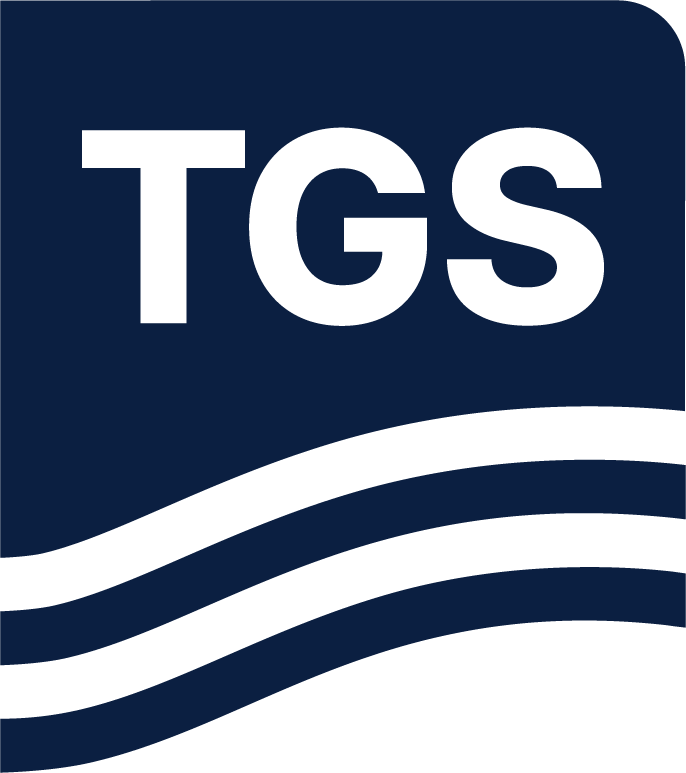Paper Summary
The goal of full-waveform inversion (WFI) is to derive high-fidelity Earth models for seismic imaging from the full waveforms of the acquired seismic data. The attractiveness of WFI lies mainly in its limited number of approximations, at least in a theoretical sense, in contrast to
other model determination techniques such as semblance or ray-based tomography. Despite this, various methodologies must be utilized to make the technique viable with today’s computing technology and restrictions of seismic acquisition. These are collectively referred to as “waveform-inversion strategies” and in this article we discuss mainly regularization and preconditioning strategies. As the wavefields need to be accurately modeled to represent the kinematics of all the waves during WFI iterations, the inclusion of anisotropy often helps to improve the WFI results. In the first section of this article, we introduce forward modeling and its adjoint based on acoustic-wave equations in vertical transversely isotropic (VTI) media. We discuss a multiparameter acoustic VTI inversion for P-wave velocity and the anisotropy parameter epsilon. Furthermore, we include well logs as constraints to help stabilize the inversion and provide us with more reliable velocity updates. In the next section, we include attenuation and dispersion effects to better simulate wave propagation through real Earth materials. We present a visco-acoustic WFI for updating both the velocity model and the quality
factor (Q) in a recursive mode. We illustrate these approaches on applications to real 3D data.

